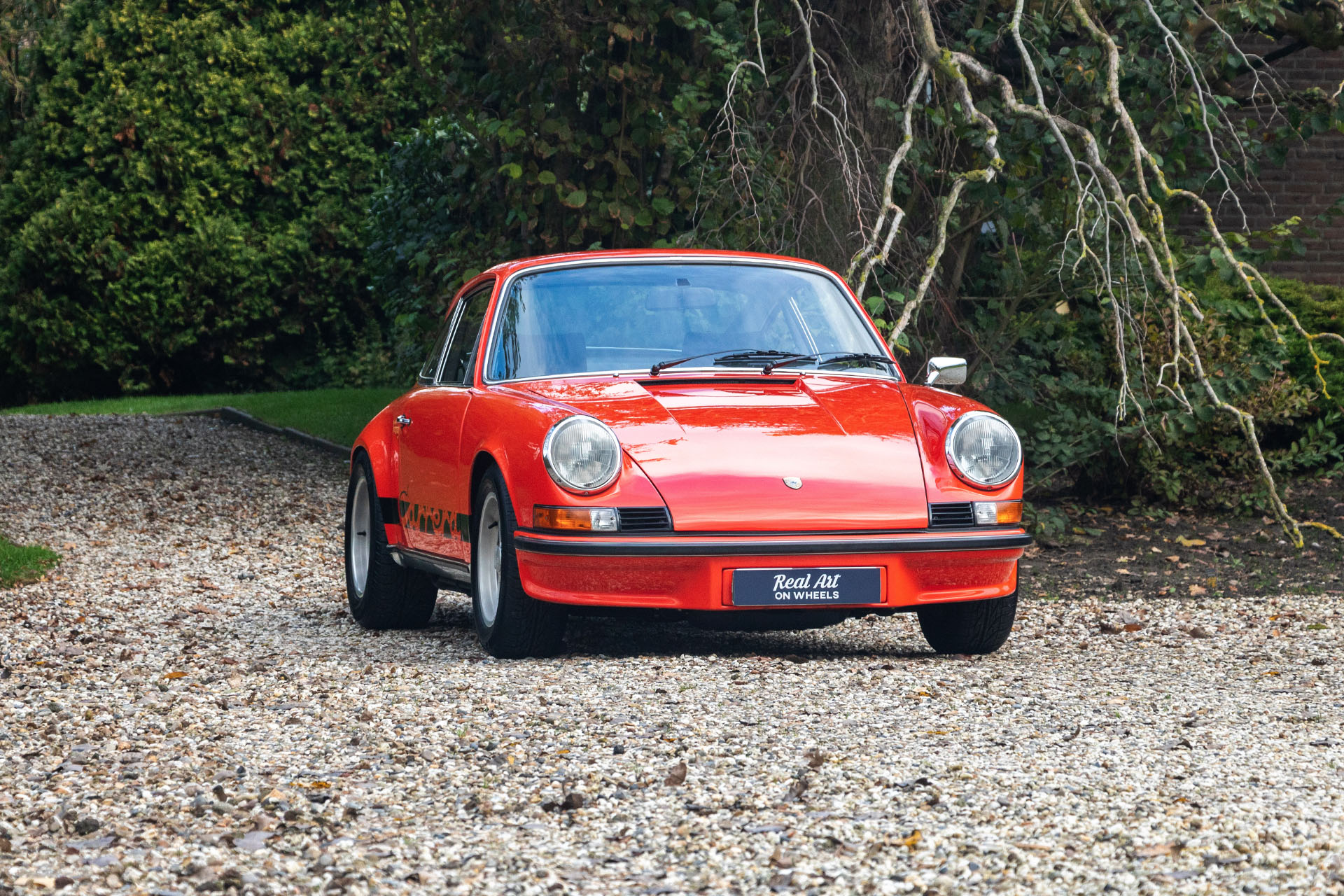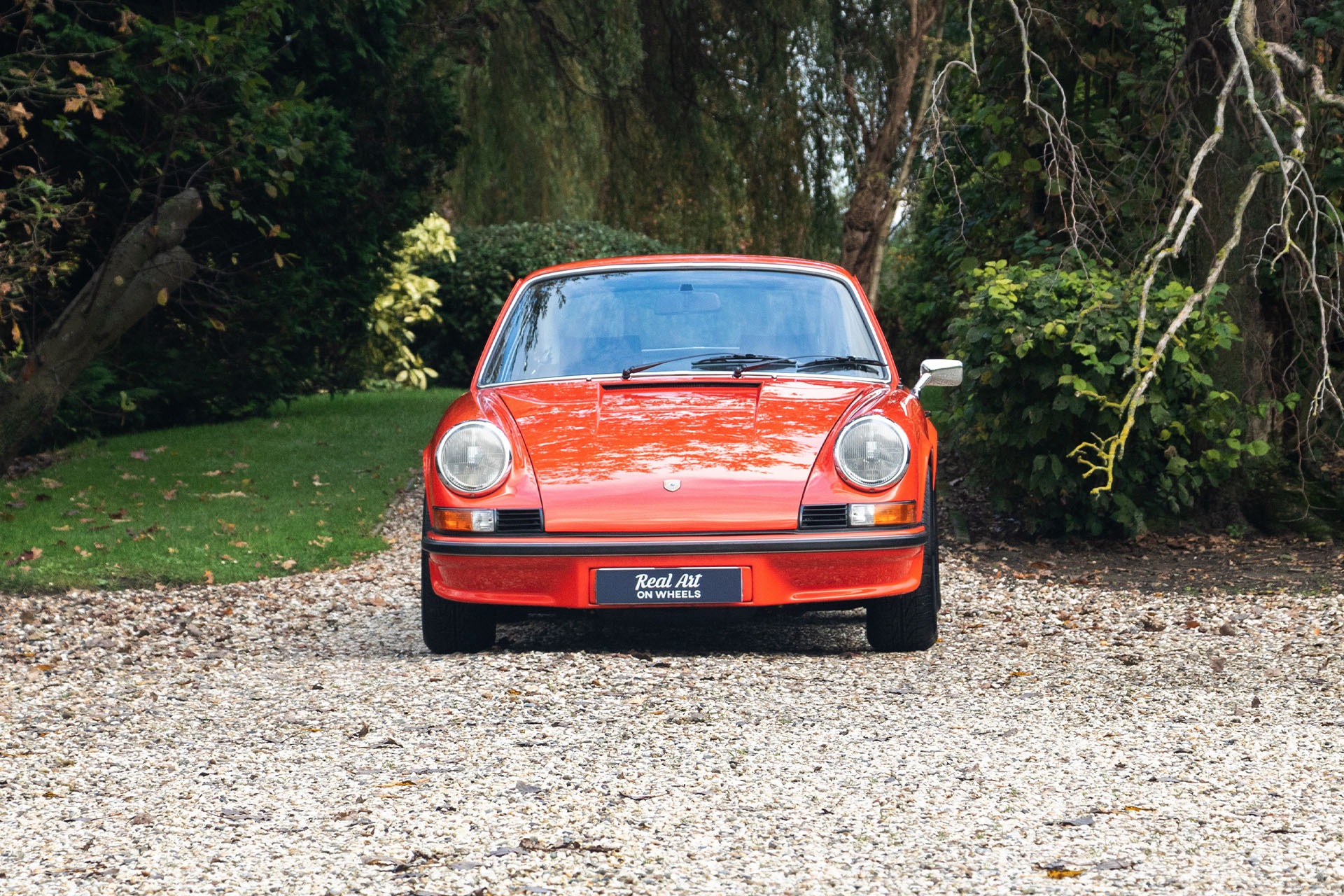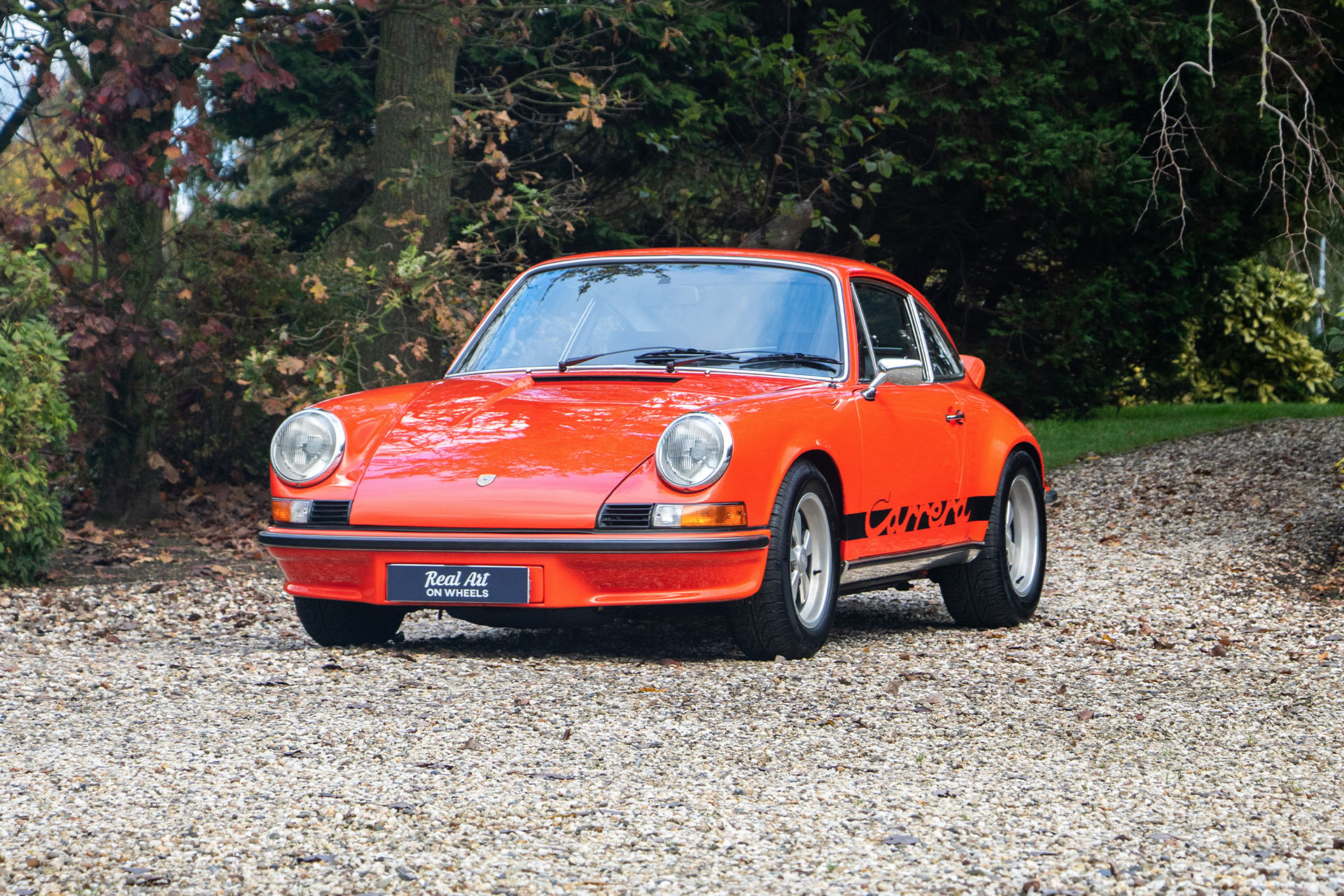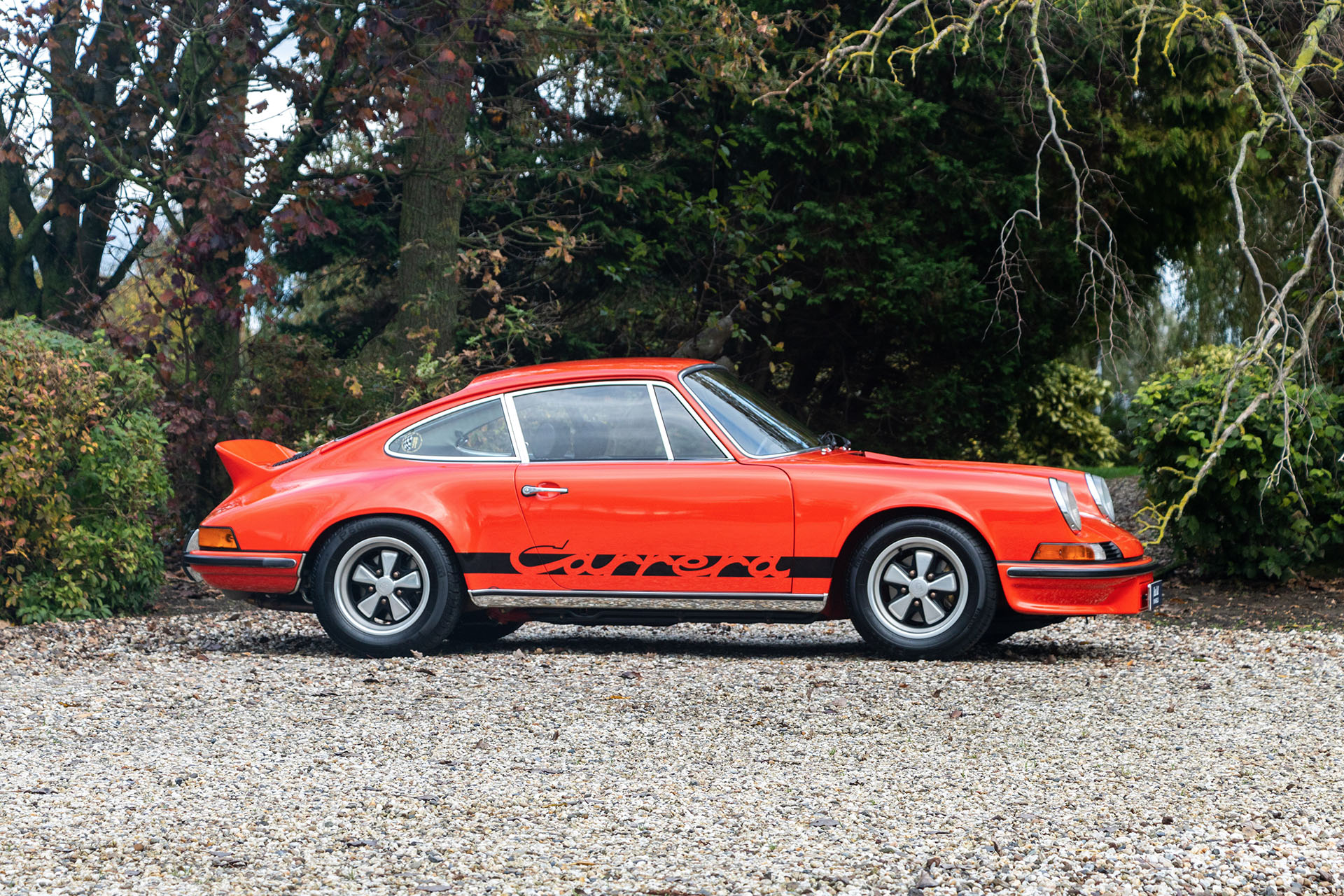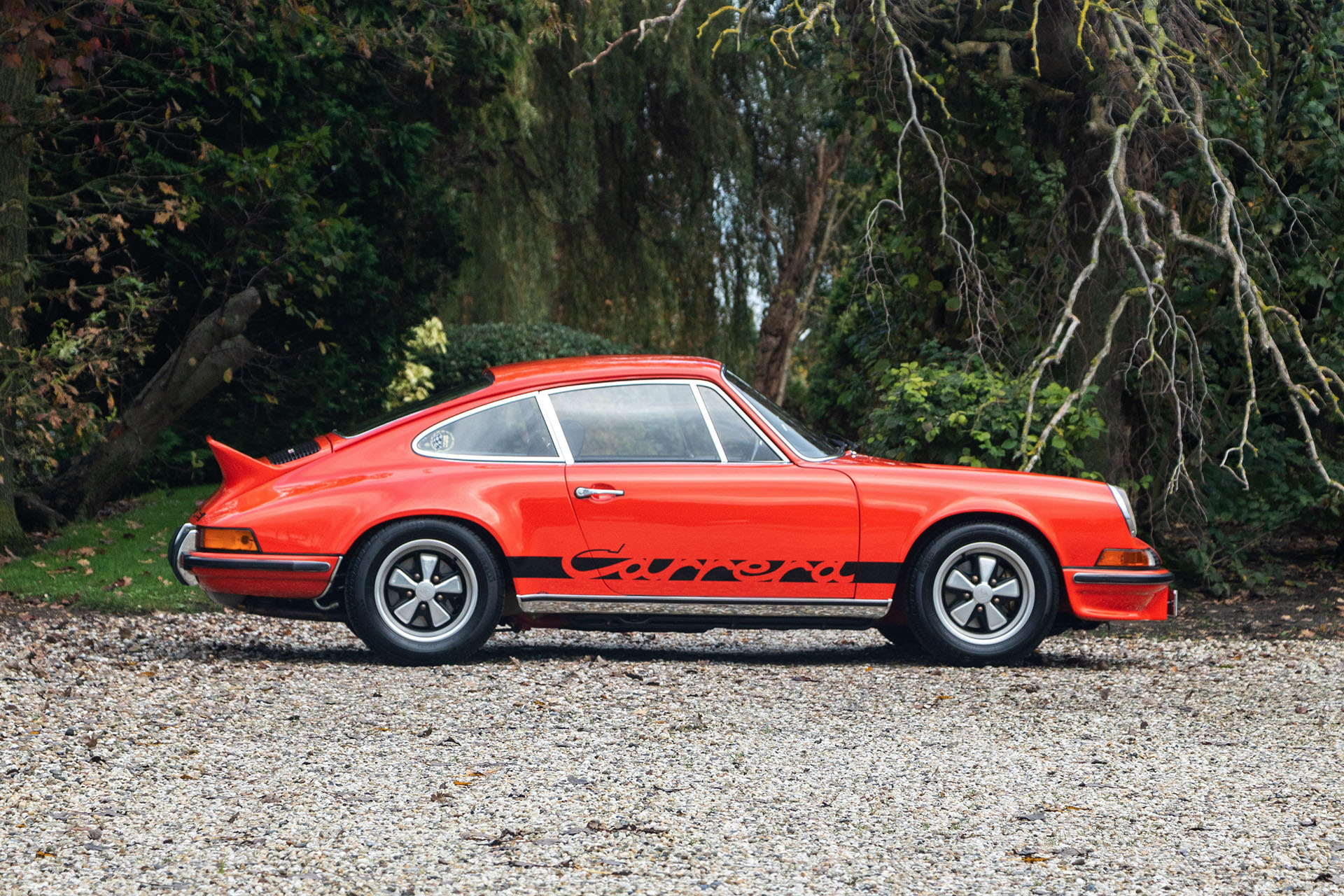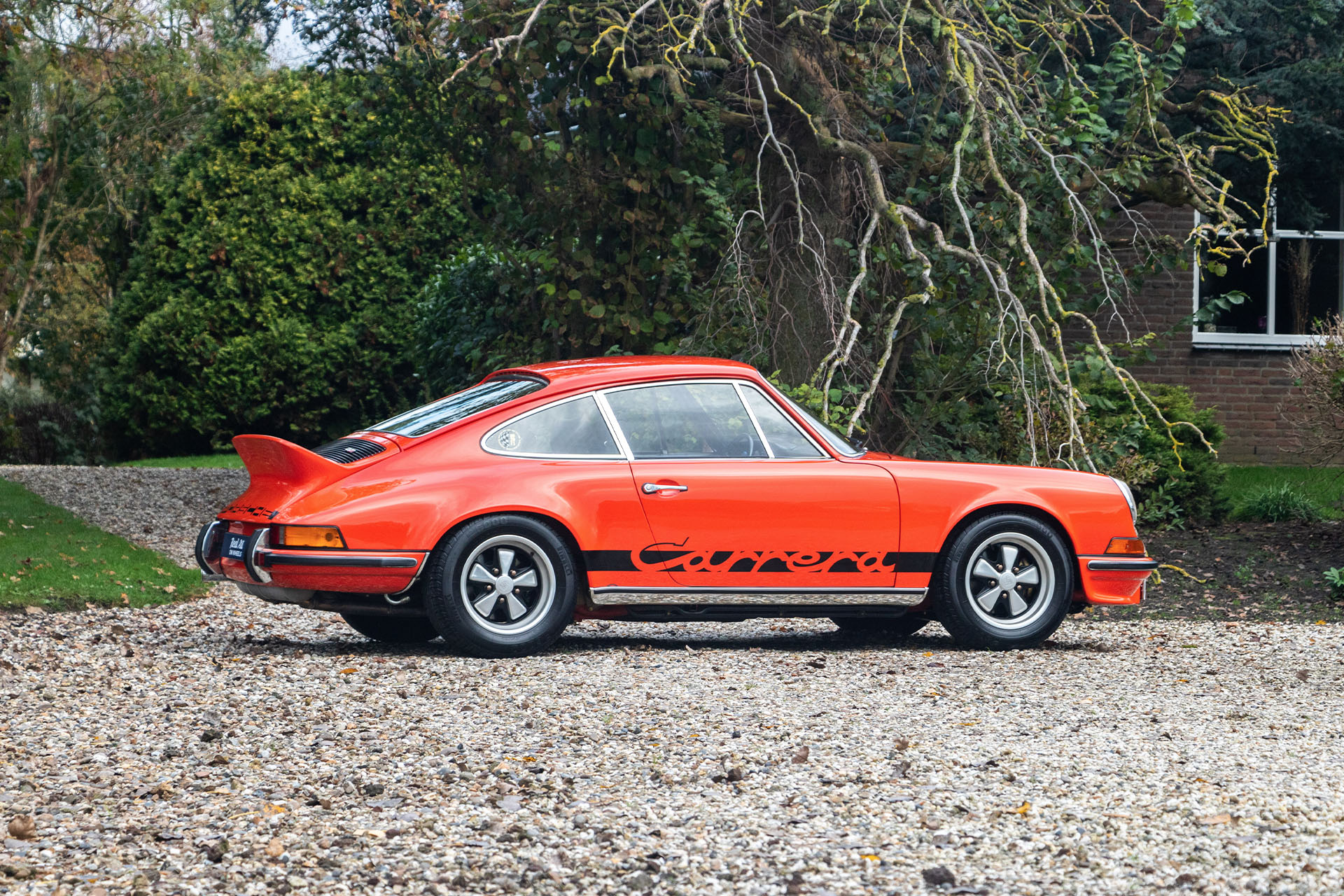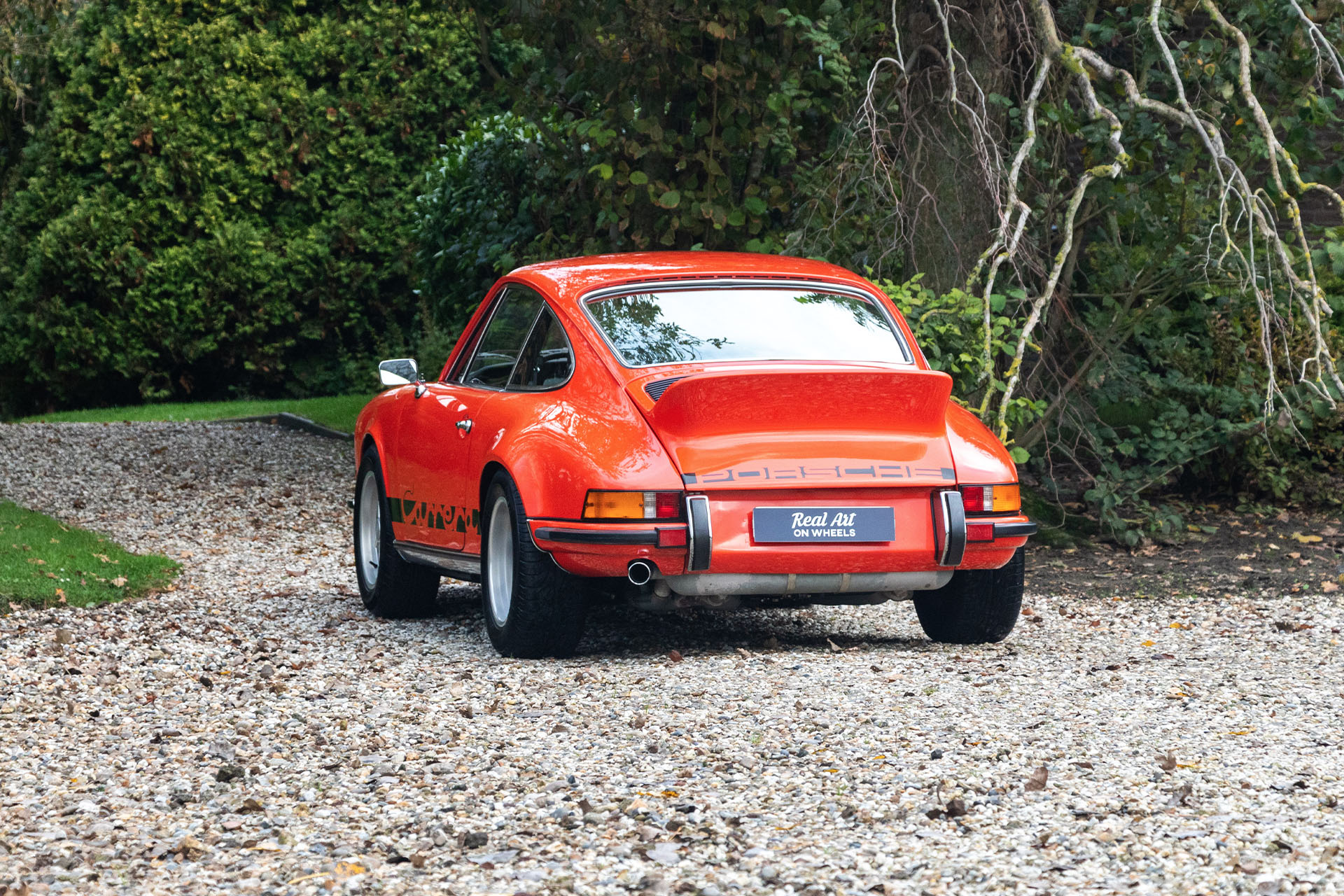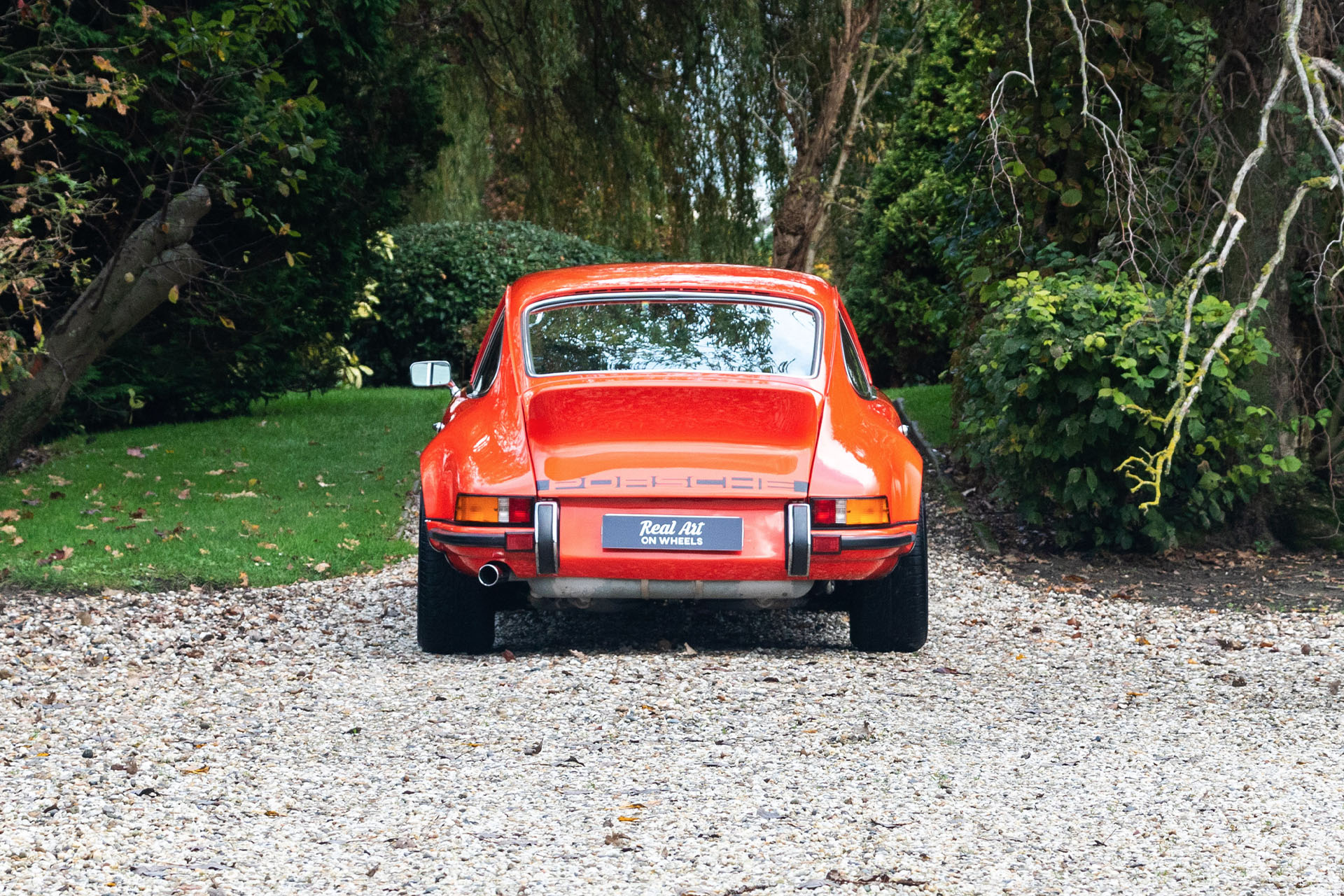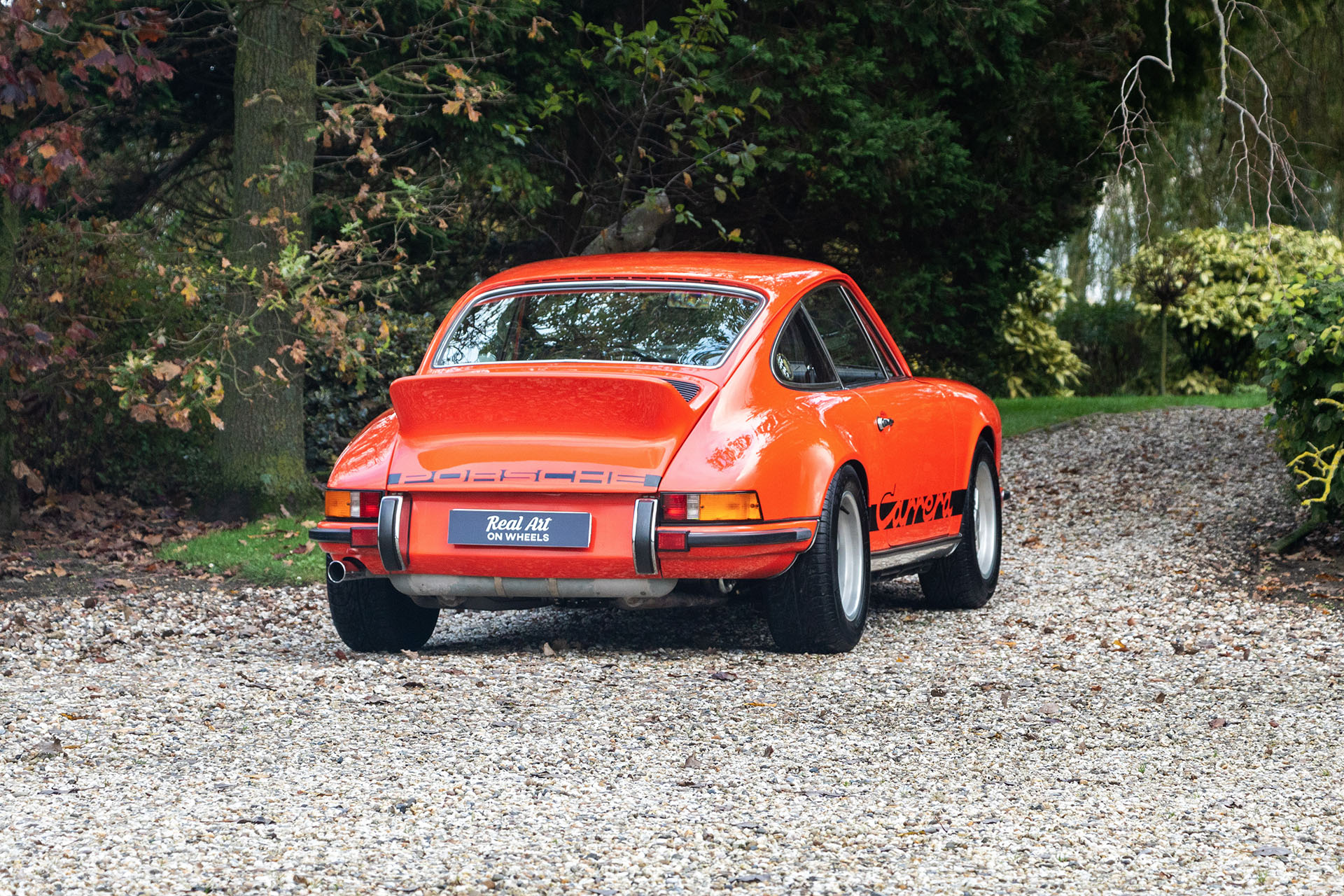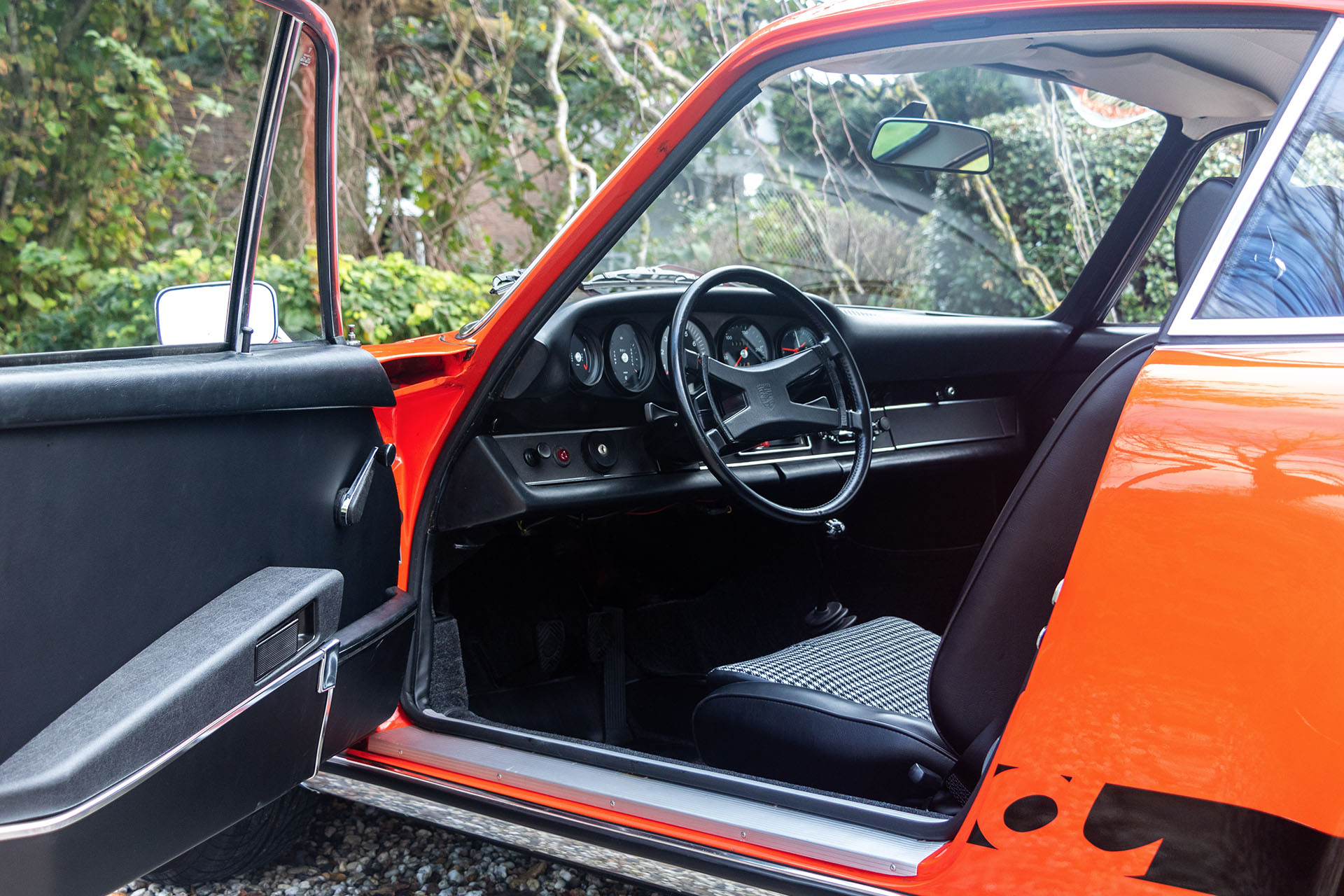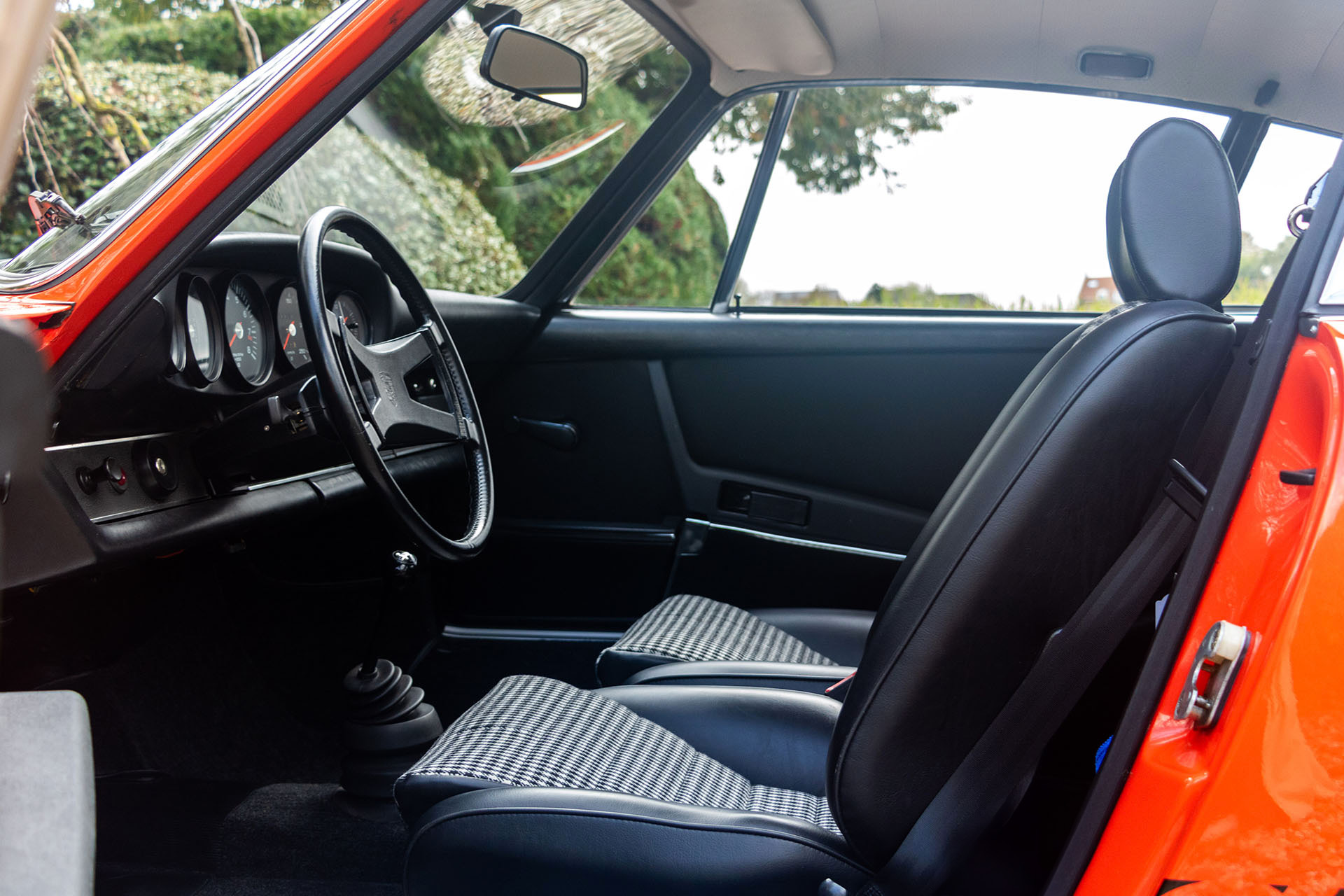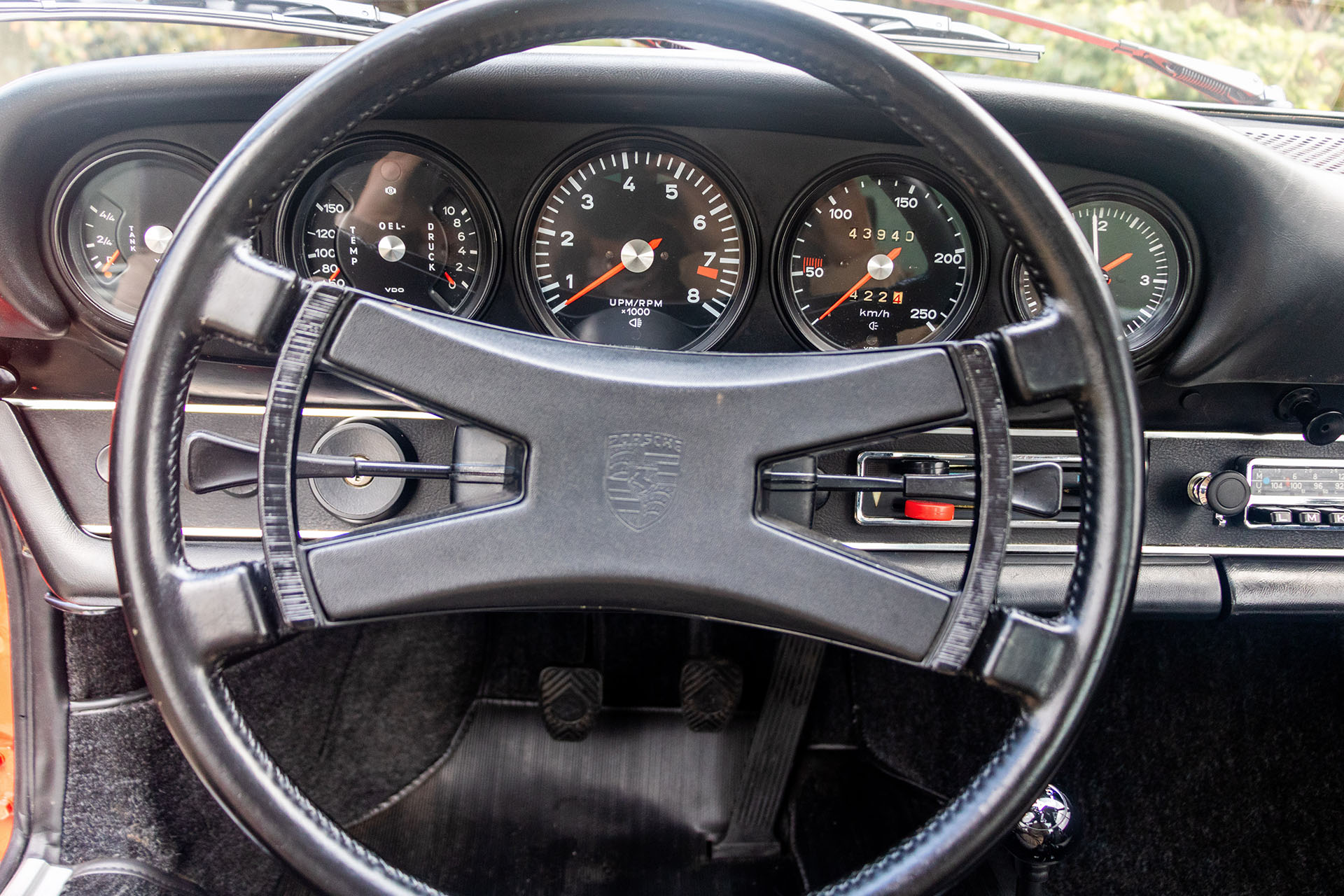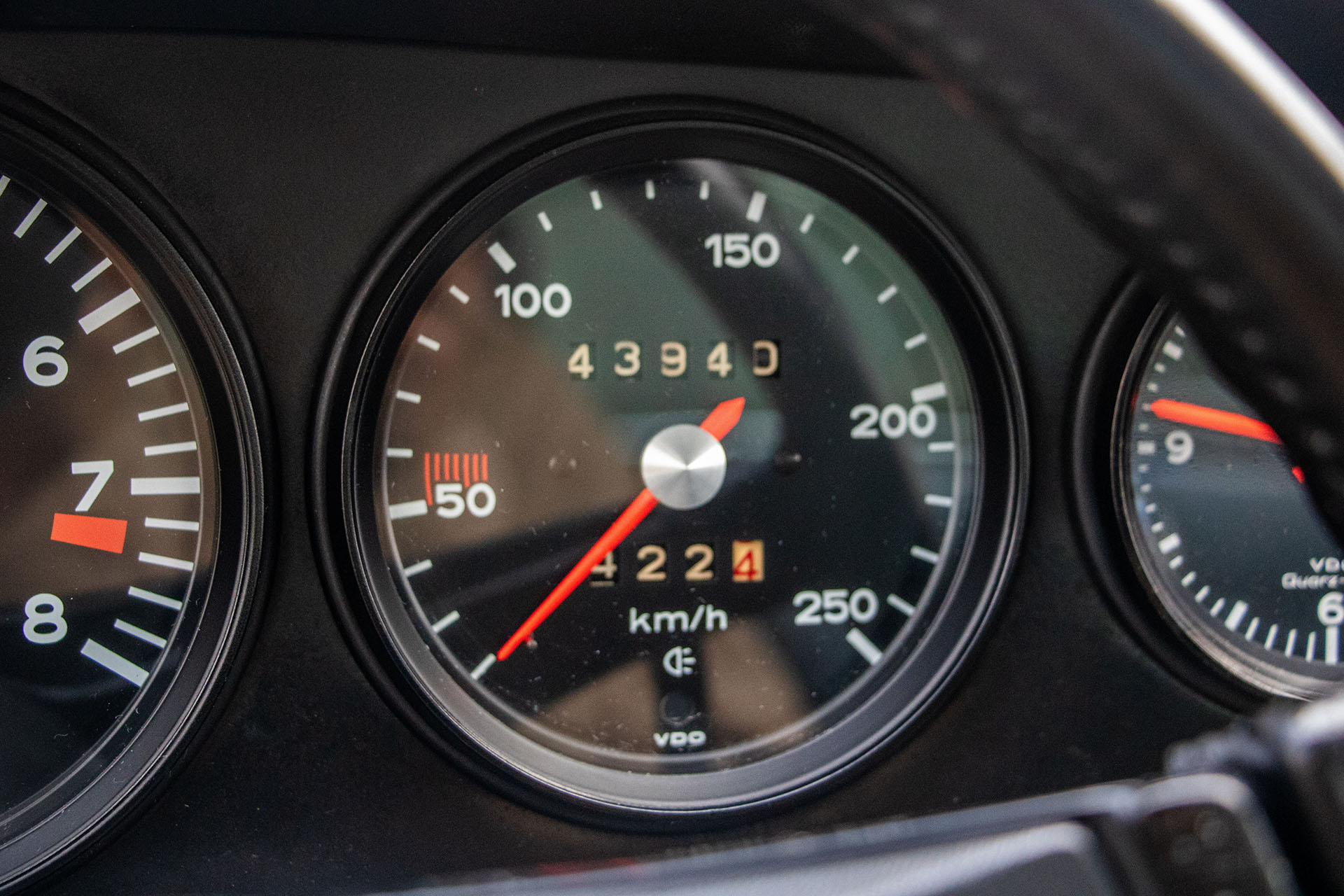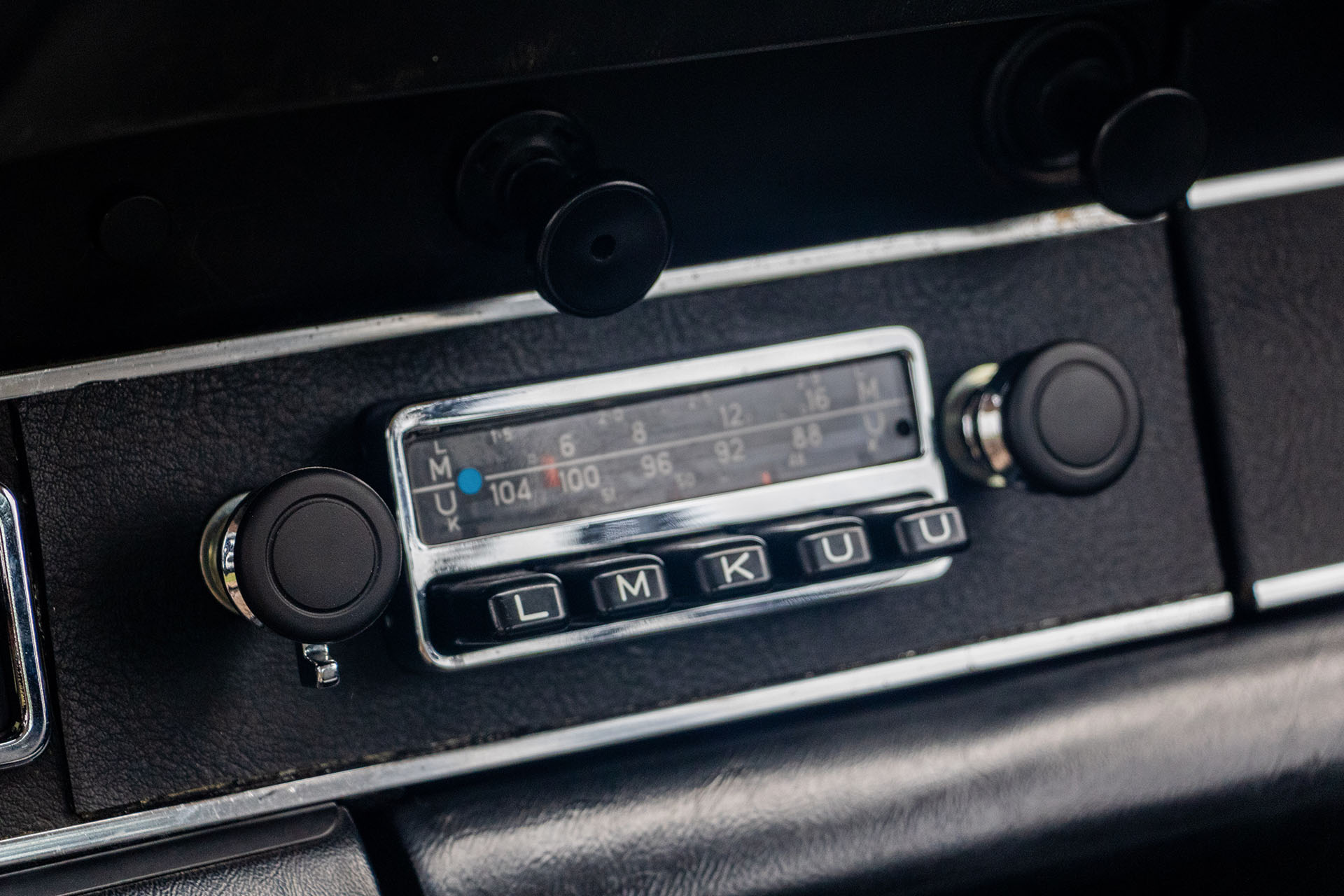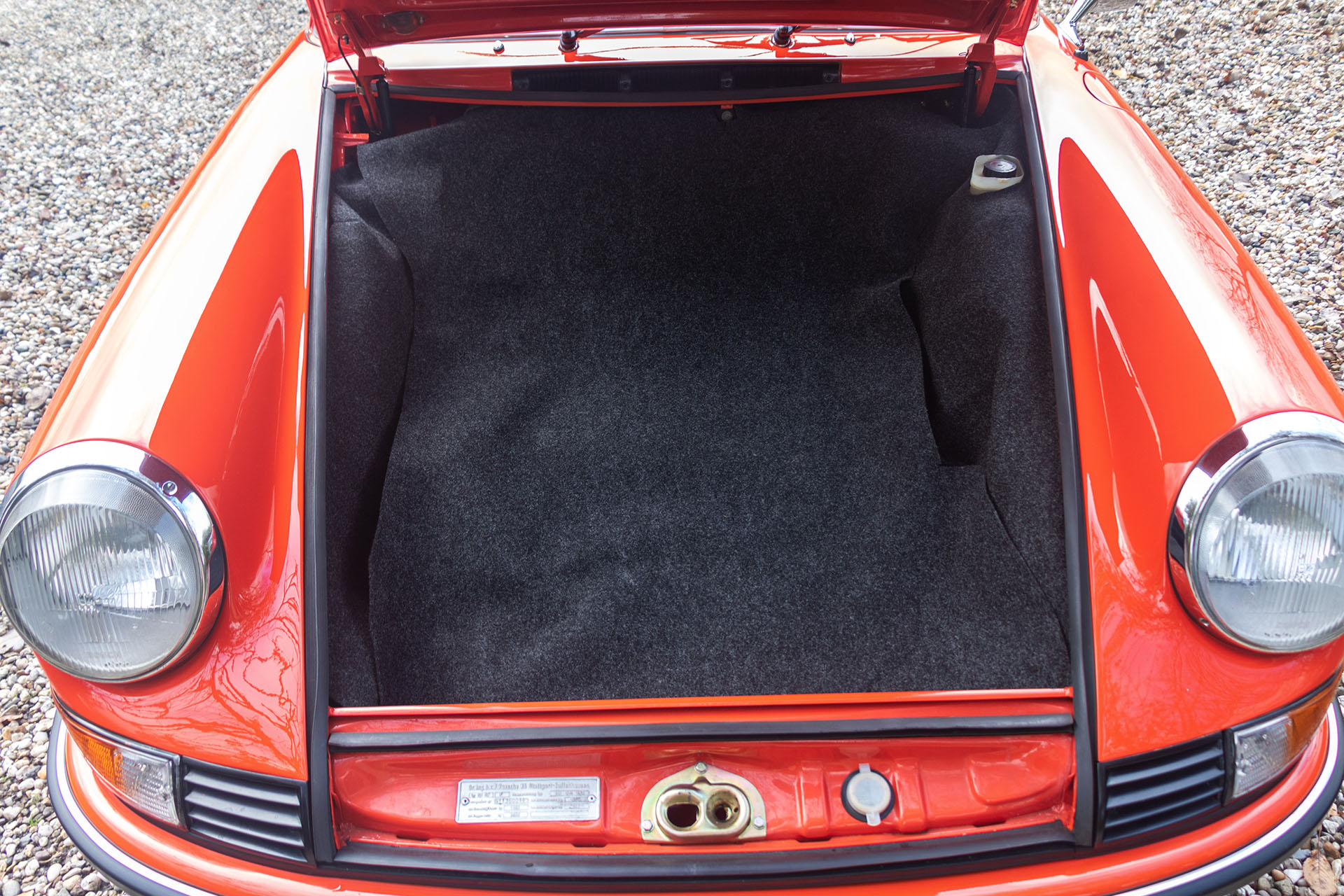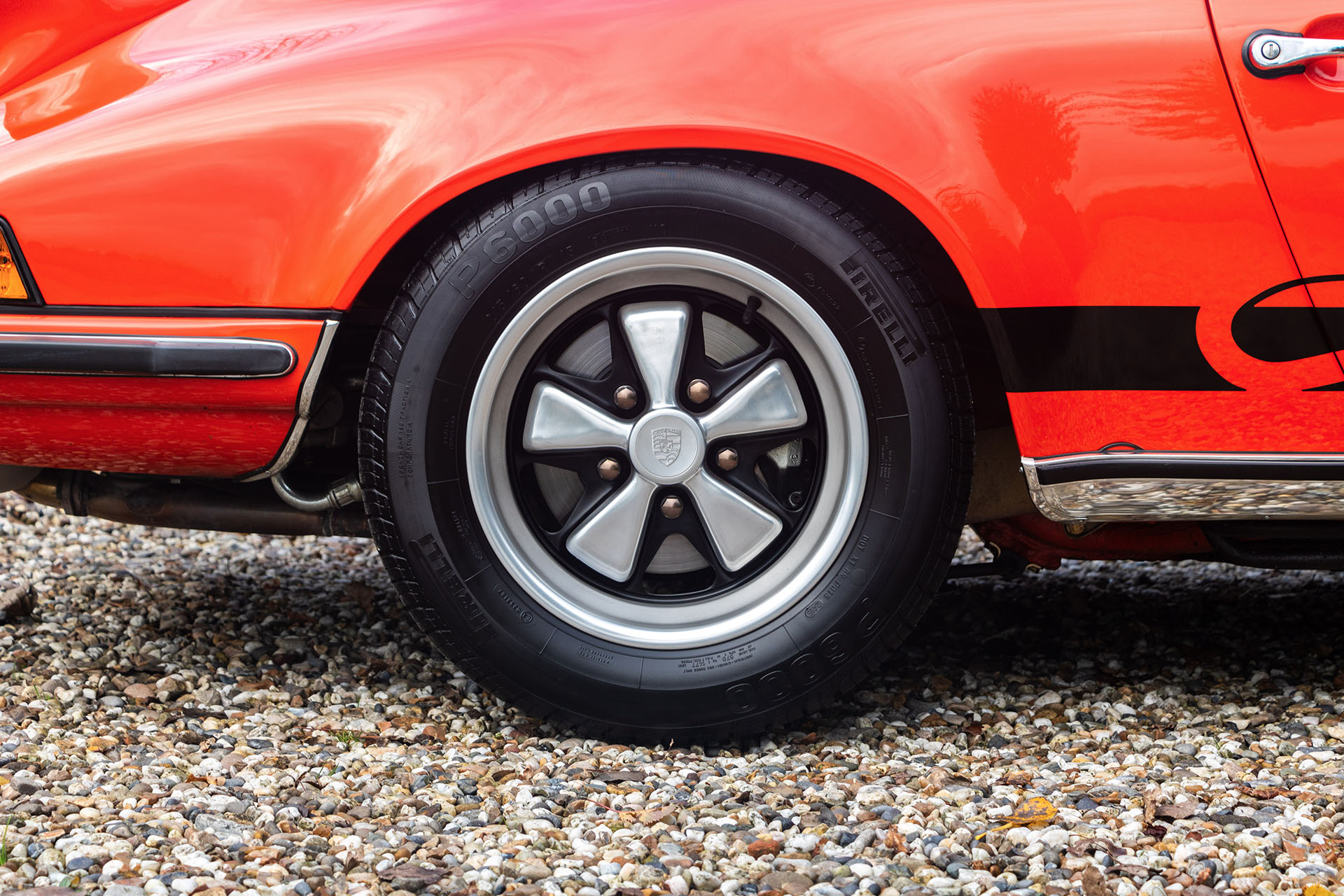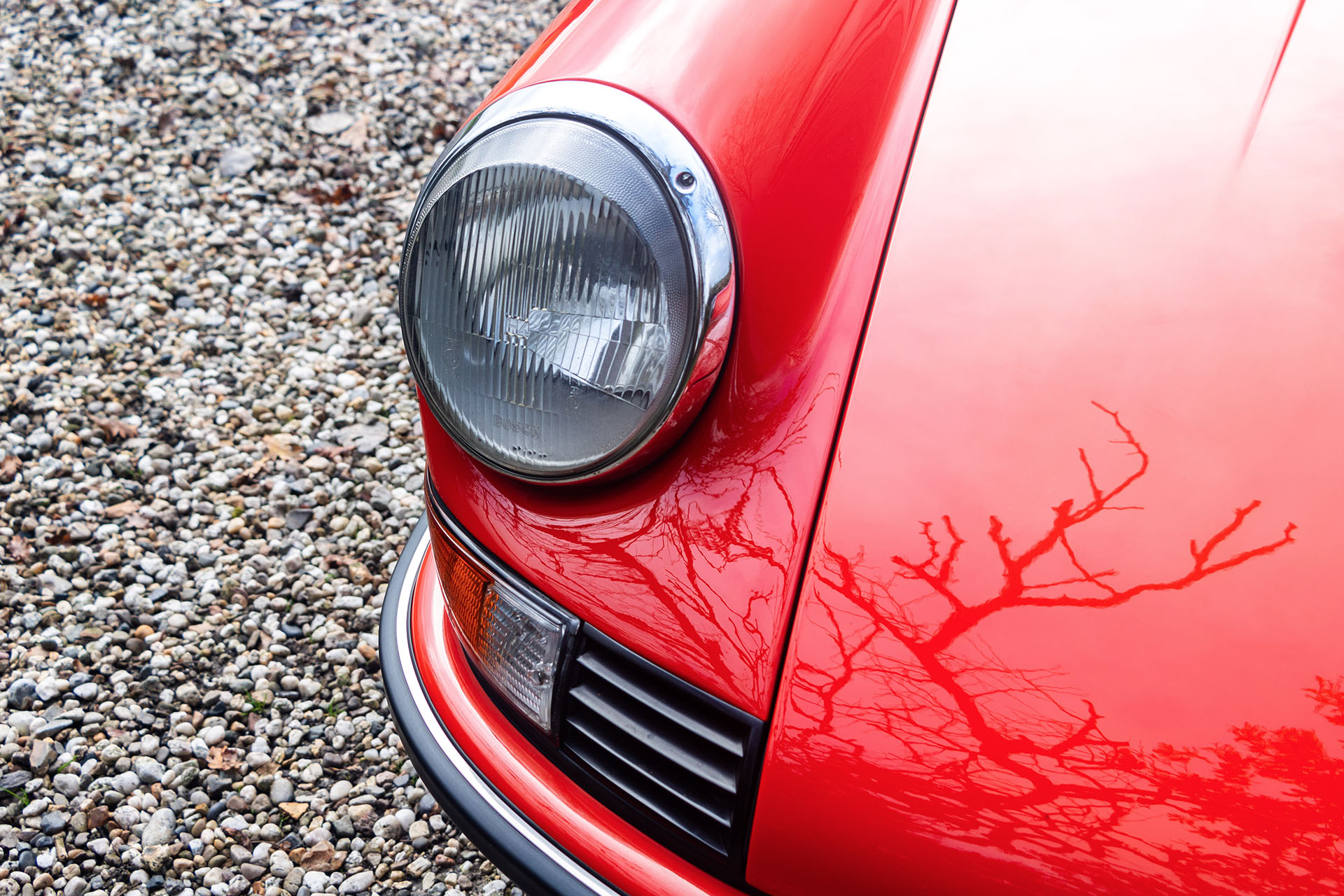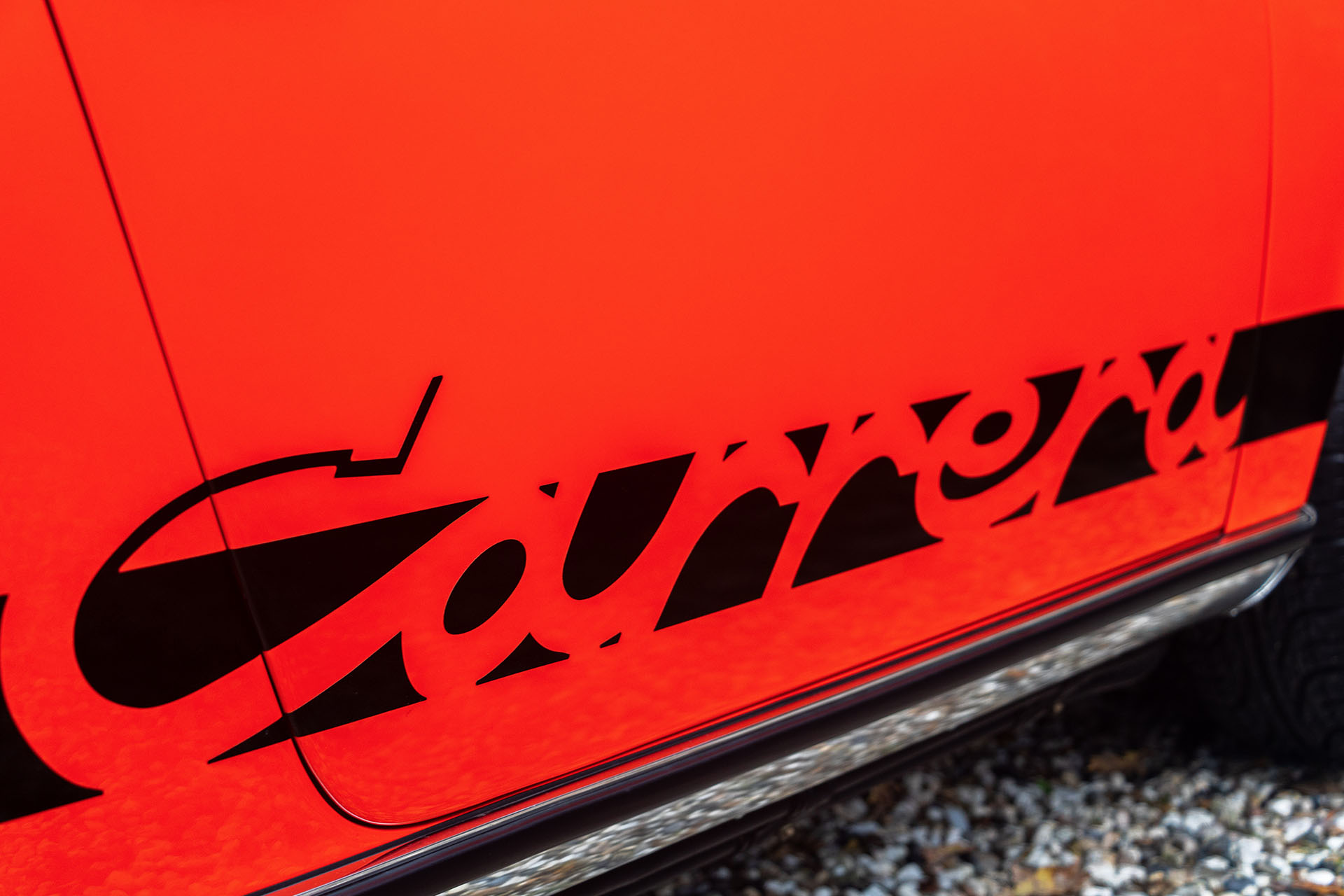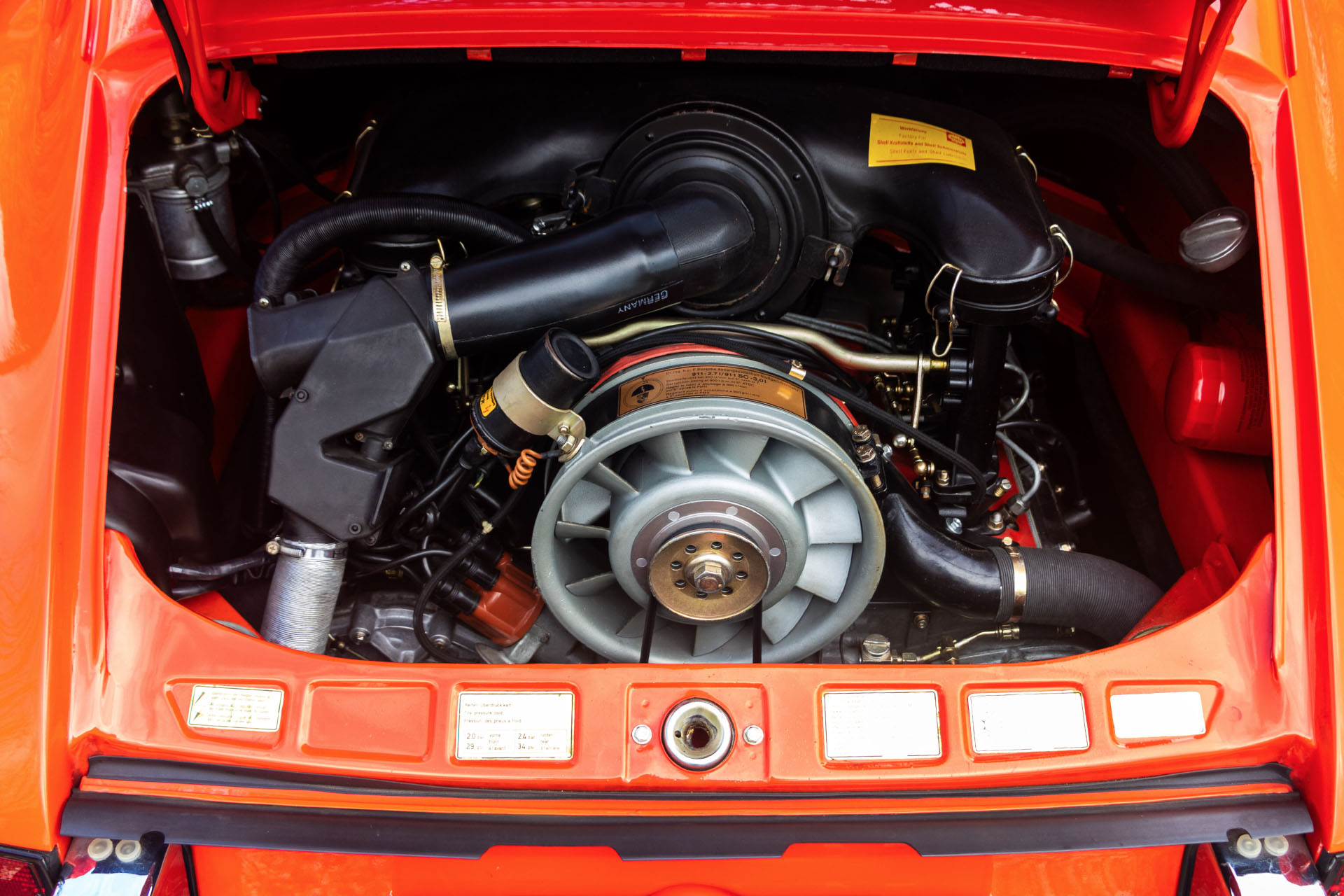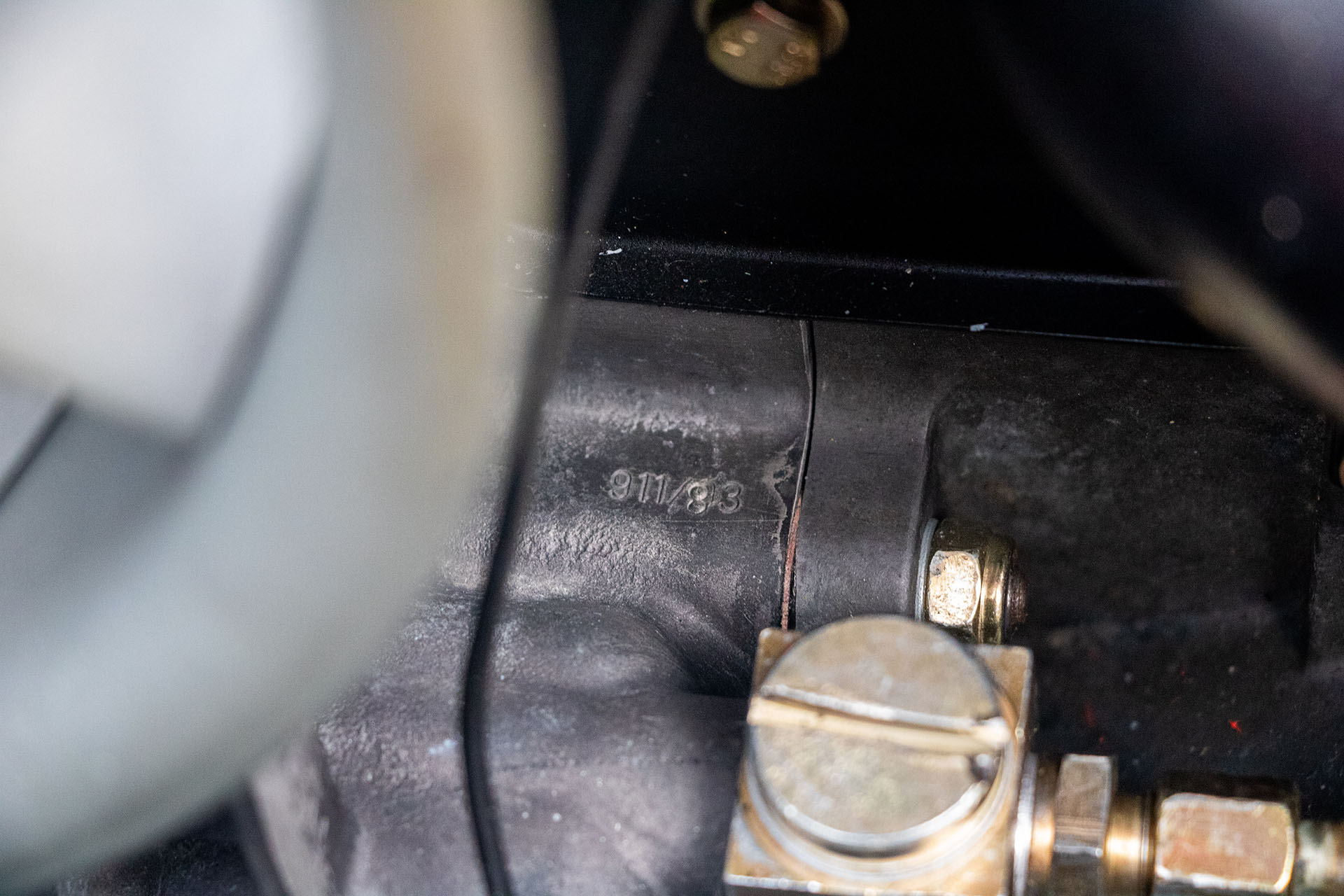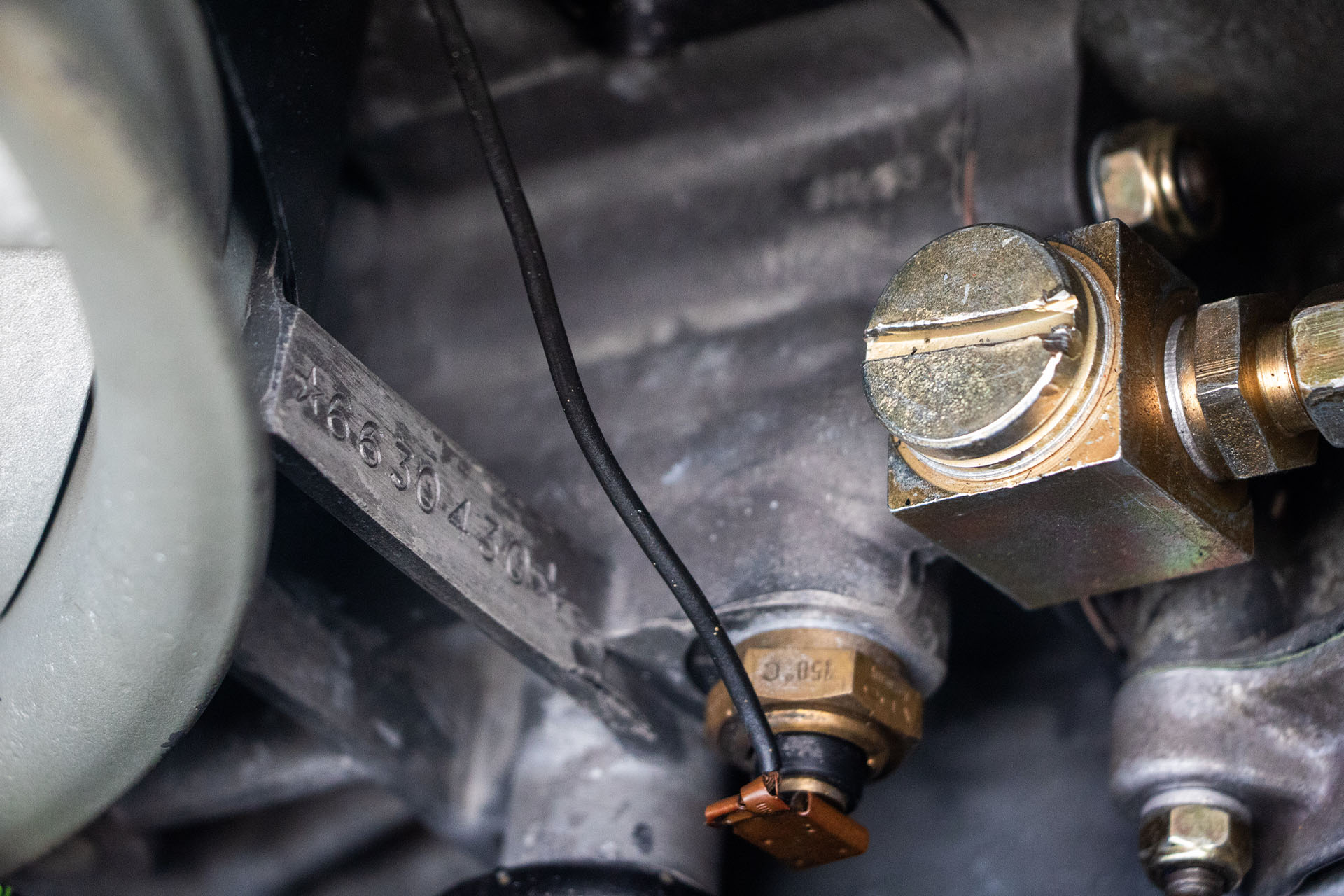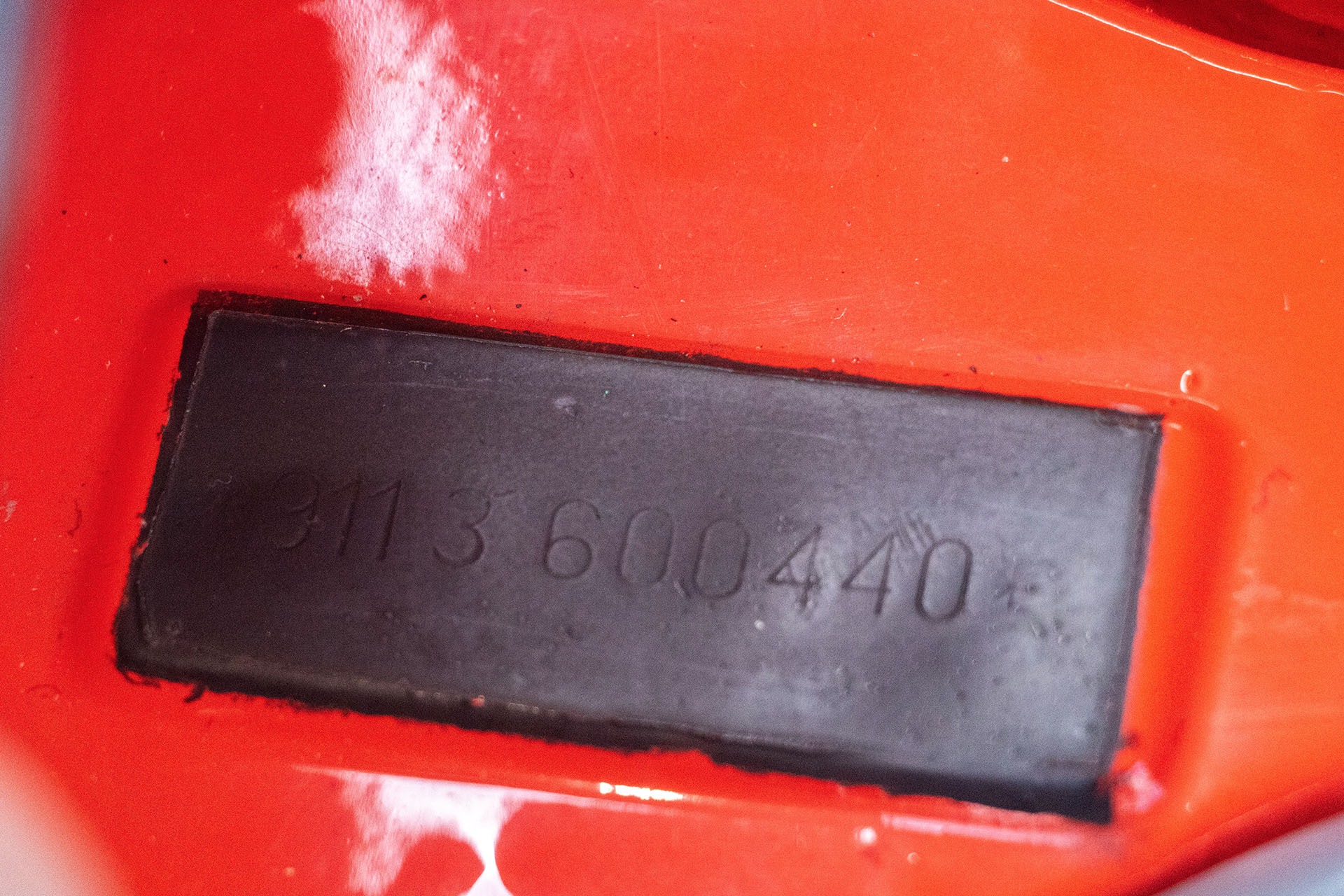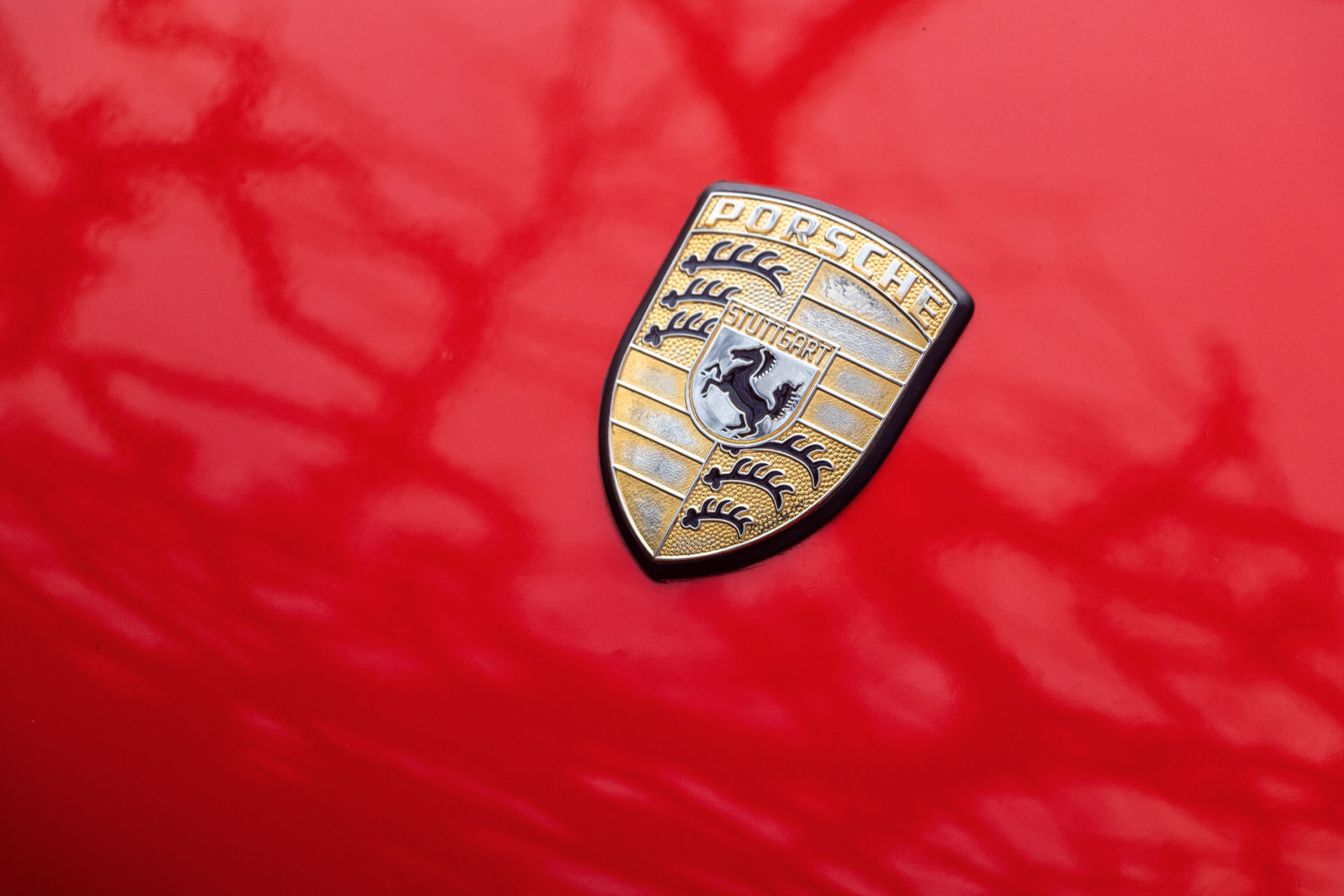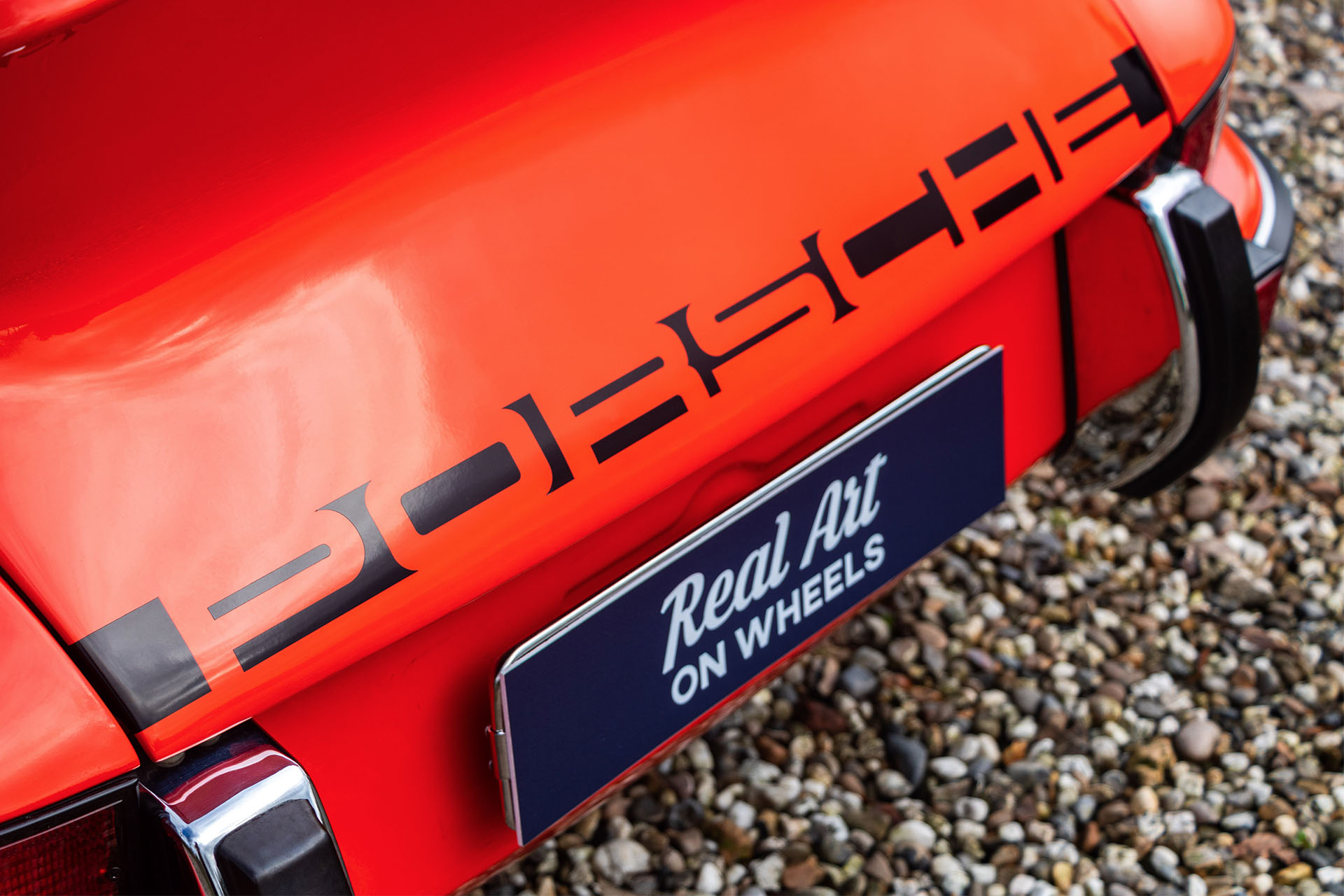Porsche 911 Carrera 2.7 RS Touring
SOLD
Originally delivered in Germany | One of the first 500 examples produced | Beautifully restored in its original color Blutorange | Recently inspected at Porsche Centrum Rotterdam
MORE DETAILS
"Nothing that is desirable comes easily or cheaply and the Carrera RS is no exception, but without question it is one of the great cars of the 1970s; the personification of GT motoring and race breeding." - Motor & Sport Magazine, February 1973.
Referencing past successes in Mexico's fabled Carrera Panamericana road races, Porsche revived the evocative Carrera name for its luxuriously equipped, top-of-the-range 911 in 1973. Designated 'Carrera RS' (RennSport), the newcomer was intended as a limited edition 'homologation special' to enable the factory to compete in the Group 4 Special GT category, a class that required a minimum of 500 built. However, the resulting demand for this fabulous car proved so great that the production run was progressively extended, eventually ending up at 1,580 units and allowing homologation in Group 3 for standard GT production cars.
After 17 RSH (for Homologation) ultra-lightweight (960kg) cars had been completed, production of the slightly heavier (975kg) but still very basic RS Sport began. Intended for competition and designated M471 (also known as the Lightweight model), the RS Sport featured minimal undercoating and sound-proofing, simple door trim, manually operated windows, no rear seats, Recaro bucket seats for the driver and passenger, felt carpets, and rubber footwell mats. Only some 200 RSH and RS Sport models were made, the majority of cars being ordered with the more civilised and practical RS Touring (M472) package, which cost an extra DM 2,500 and offered the greater comfort of the 911S's trimmed and upholstered interior.
Based on a lightened 911S platform, the Carrera RS featured revised suspension and wider rear wheels (beneath flared wheelarches) for improved handling, while the 2.7-litre, mechanically fuel-injected (MFI), air-cooled six-cylinder engine's 210bhp boosted top speed to around 240 km/h. Not merely styling gimmicks, the Carrera's trademark 'duck's tail' spoiler and front air dam made a vital contribution to high-speed stability, a virtue of increasing importance as power outputs continued to rise. They represent Porsche's first serious experimentation with aerodynamic devices on a production car. But above all it was the reduction of weight that transformed performance. The Carrera RS immediately proved itself a winner, devastating the competition on the racetracks of Europe and the USA, and would turn out to be a surprisingly effective rally car to boot. Based on the 911 Carrera RS Lightweight announced the previous year, the RSR GT-category racer collected overall wins in the World Sportscar Championship at Daytona and the Targa Florio in 1973, defeating 3-litre prototypes from Ferrari, Matra, and Mirage-Ford in the process, an outstanding achievement for a production-based car.
Excluding prototypes, Porsche built 1,580 examples of the 2.7-litre Carrera RS, the production chassis numbering sequence running from '9113600011' to '9113601590', the first 10 chassis having been prototypes. One of the desirable and sought-after first 500 cars built with the thinner-gauge panels, this Carrera RS Touring was delivered new in Munich to the Mahag Porsche dealership painted in Blutorange (2323) with a black leatherette interior. In the late 1990s the car was seen in The Netherlands, later it would return to Germany and Monaco in 2017. Recently the car was imported back into The Netherlands. The car was serviced and inspected at Porsche Centrum Rotterdam. The car comes a Porsche Certificate of Authenticity, two keys an inspection report carried out by the official Porsche dealership.
This Porsche 911 Carrera 2.7 RS Touring is for sale, please don't hesitate to contact us for further details.
Referencing past successes in Mexico's fabled Carrera Panamericana road races, Porsche revived the evocative Carrera name for its luxuriously equipped, top-of-the-range 911 in 1973. Designated 'Carrera RS' (RennSport), the newcomer was intended as a limited edition 'homologation special' to enable the factory to compete in the Group 4 Special GT category, a class that required a minimum of 500 built. However, the resulting demand for this fabulous car proved so great that the production run was progressively extended, eventually ending up at 1,580 units and allowing homologation in Group 3 for standard GT production cars.
After 17 RSH (for Homologation) ultra-lightweight (960kg) cars had been completed, production of the slightly heavier (975kg) but still very basic RS Sport began. Intended for competition and designated M471 (also known as the Lightweight model), the RS Sport featured minimal undercoating and sound-proofing, simple door trim, manually operated windows, no rear seats, Recaro bucket seats for the driver and passenger, felt carpets, and rubber footwell mats. Only some 200 RSH and RS Sport models were made, the majority of cars being ordered with the more civilised and practical RS Touring (M472) package, which cost an extra DM 2,500 and offered the greater comfort of the 911S's trimmed and upholstered interior.
Based on a lightened 911S platform, the Carrera RS featured revised suspension and wider rear wheels (beneath flared wheelarches) for improved handling, while the 2.7-litre, mechanically fuel-injected (MFI), air-cooled six-cylinder engine's 210bhp boosted top speed to around 240 km/h. Not merely styling gimmicks, the Carrera's trademark 'duck's tail' spoiler and front air dam made a vital contribution to high-speed stability, a virtue of increasing importance as power outputs continued to rise. They represent Porsche's first serious experimentation with aerodynamic devices on a production car. But above all it was the reduction of weight that transformed performance. The Carrera RS immediately proved itself a winner, devastating the competition on the racetracks of Europe and the USA, and would turn out to be a surprisingly effective rally car to boot. Based on the 911 Carrera RS Lightweight announced the previous year, the RSR GT-category racer collected overall wins in the World Sportscar Championship at Daytona and the Targa Florio in 1973, defeating 3-litre prototypes from Ferrari, Matra, and Mirage-Ford in the process, an outstanding achievement for a production-based car.
Excluding prototypes, Porsche built 1,580 examples of the 2.7-litre Carrera RS, the production chassis numbering sequence running from '9113600011' to '9113601590', the first 10 chassis having been prototypes. One of the desirable and sought-after first 500 cars built with the thinner-gauge panels, this Carrera RS Touring was delivered new in Munich to the Mahag Porsche dealership painted in Blutorange (2323) with a black leatherette interior. In the late 1990s the car was seen in The Netherlands, later it would return to Germany and Monaco in 2017. Recently the car was imported back into The Netherlands. The car was serviced and inspected at Porsche Centrum Rotterdam. The car comes a Porsche Certificate of Authenticity, two keys an inspection report carried out by the official Porsche dealership.
This Porsche 911 Carrera 2.7 RS Touring is for sale, please don't hesitate to contact us for further details.
Read Less
Read More
DISCOVER
2010 | 185 KM
One owner from new | Literally brand-new condition, 185 kms since new | Unique lightweight edition | Recently serviced at Porsche Centrum Gelderland
€120.000 Excl. VAT
